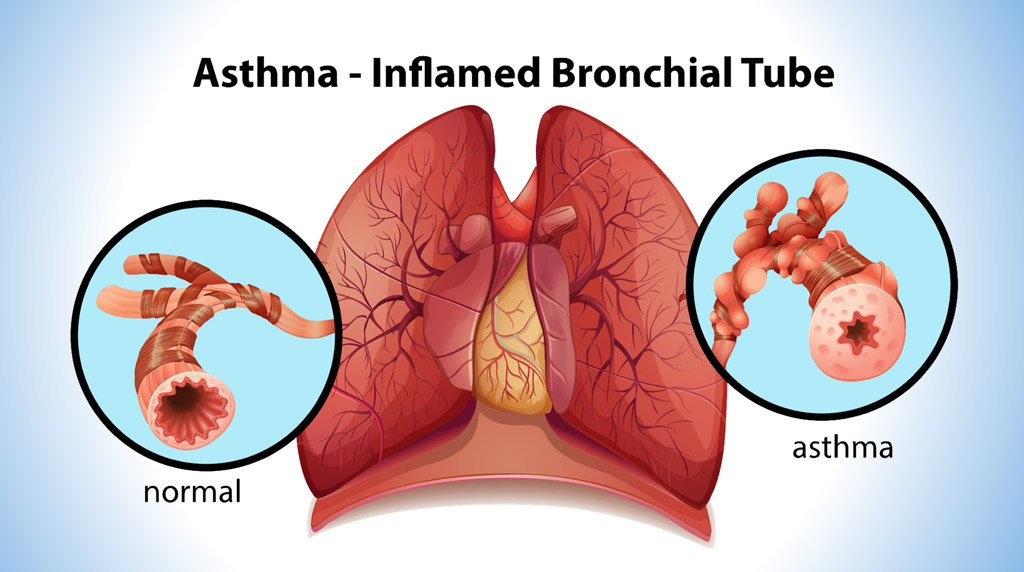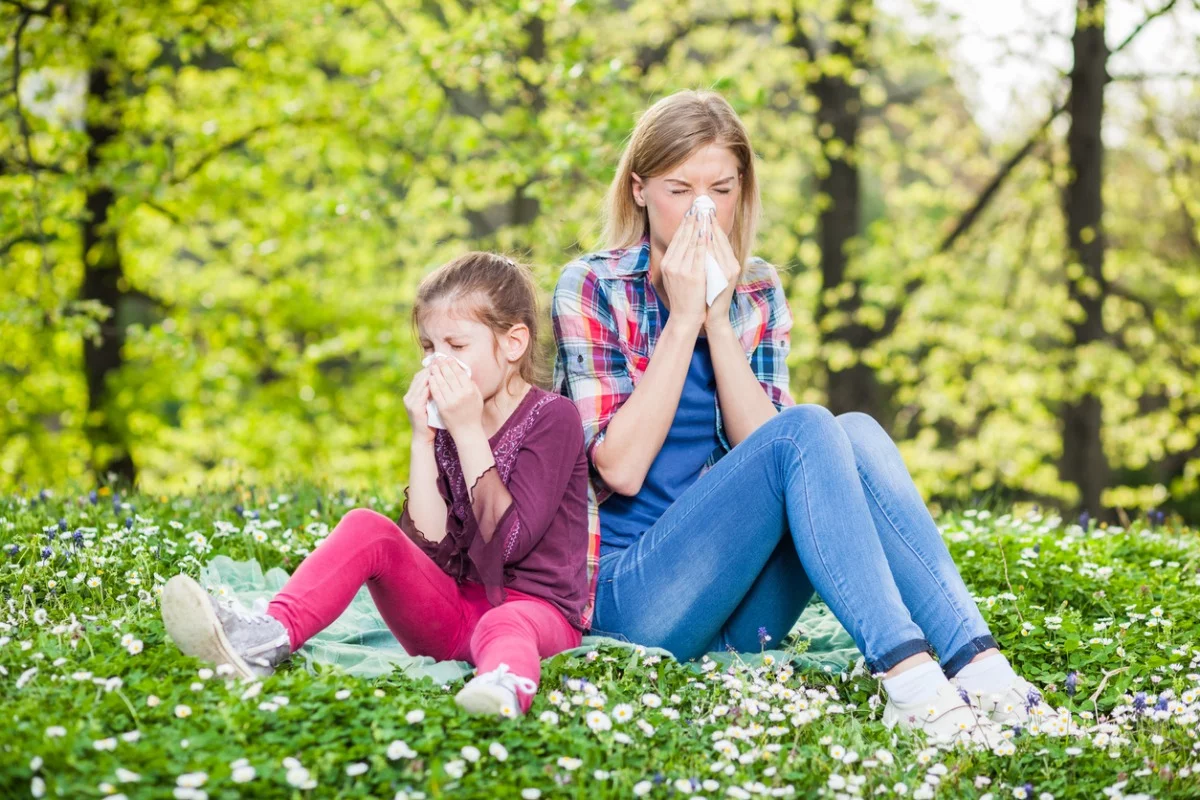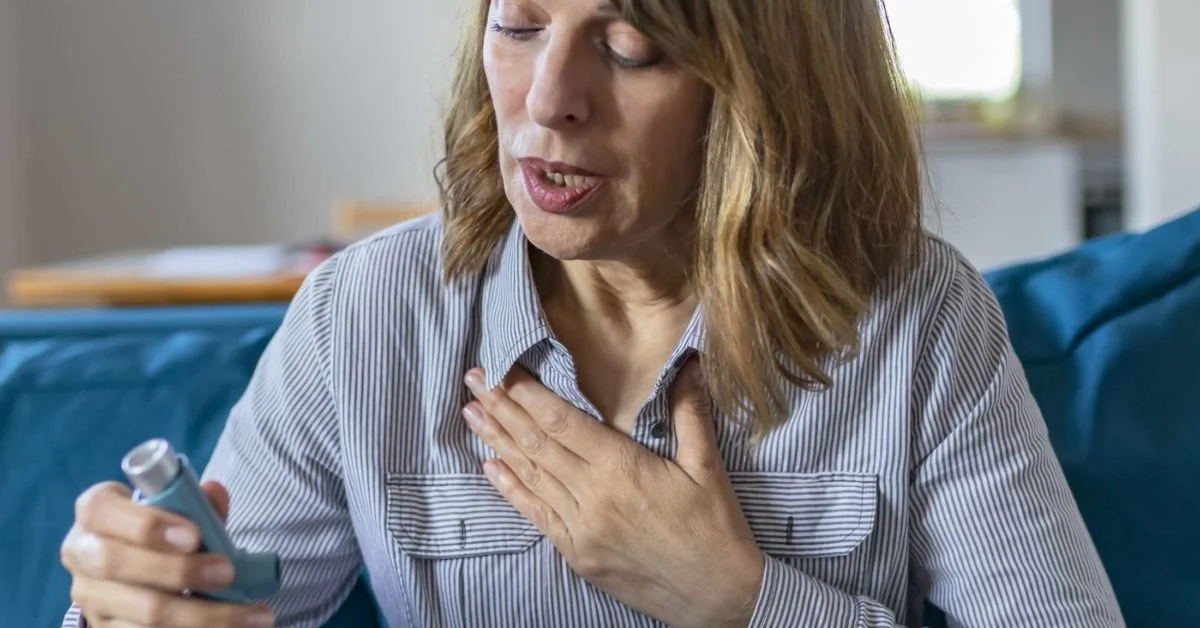Exercise-induced bronchoconstriction.
Root Cause of Disease
It’s not exactly clear what causes exercise-induced bronchoconstriction. For a long time, the cause was thought to be cold air. However, recent studies found dry air to be a more likely culprit. Cold air contains less moisture than warm air.
Symptoms
Symptoms of exercise-induced bronchoconstriction usually begin during or soon after exercise. These symptoms can last for an hour or longer if untreated. Symptoms include:
- Coughing
- Wheezing
- Shortness of breath
- Chest tightness or pain
- Fatigue during exercise
- Poorer than expected athletic performance
- Avoiding activity, which happens mostly in young children
Causes
It’s not exactly clear what causes exercise-induced bronchoconstriction. For a long time, the cause was thought to be cold air. However, recent studies found dry air to be a more likely culprit. Cold air contains less moisture than warm air. Breathing in cold, dry air dehydrates the air passages. This causes them to constrict, reducing air flow. Other factors, such as chlorine or other fumes, can irritate the lining of the airways and contribute to breathing difficulties as well.
Home Remedies to treat Exercise-induced Asthma
Remedy- 1: Diet for asthma
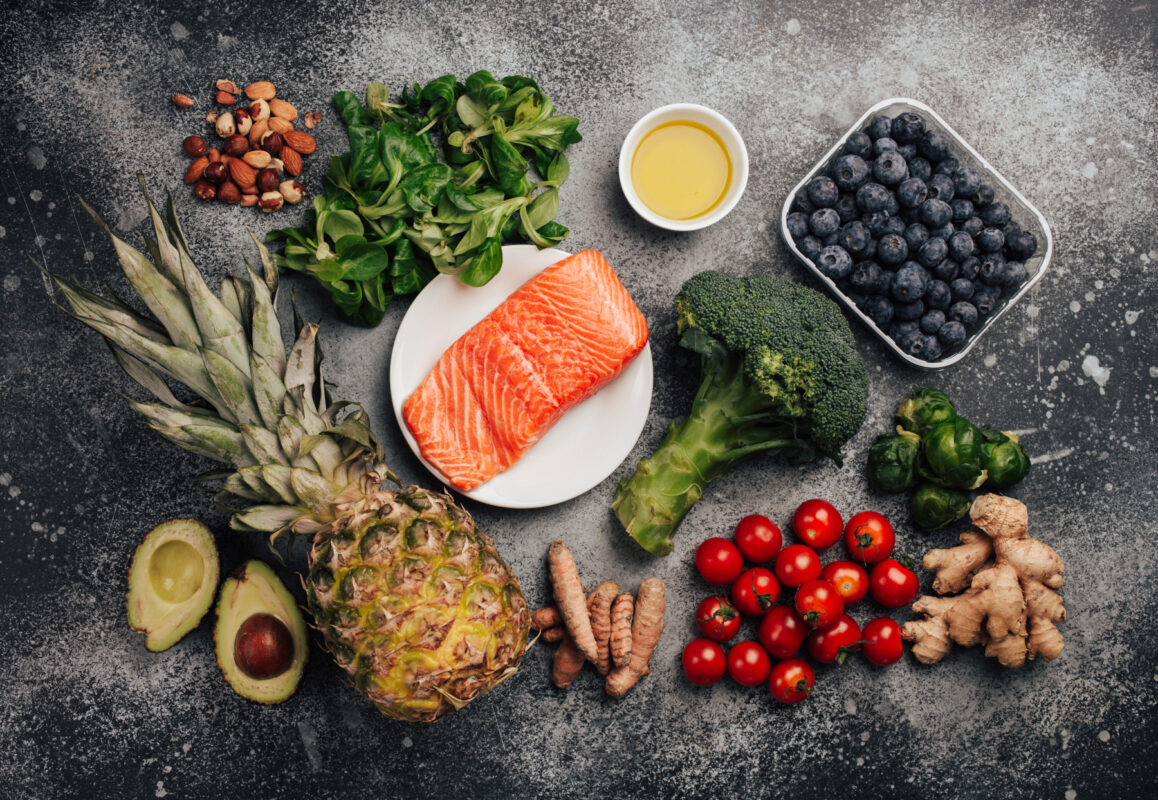
While there is no evidence that a specific diet or group of foods prevents or treats asthma, improving your overall health through a healthy diet can have a positive effect. Asthma is a chronic inflammatory disease, which means that your immune system overreacts to non-harmful substances like pollen in your airways. While an inflammatory reaction can help protect you when a dangerous particle enters your body, it can also cause symptoms like swelling in your airways that can restrict your breathing. For this reason, it may help asthma symptoms to eat foods that ;fight inflammation. “I would recommend a whole food diet that is high in antioxidants, live cultures, and omega-3 fatty acids,”. This type of diet should include:
- Leafy greens like spinach and kale
- Berries like cherries and raspberries
- Whole grains like oats and brown rice
- Fatty fish like salmon and tuna
- Nuts and beans.
- Yogurt, sauerkraut, and other fermented foods
- Caffeine is found in coffee, tea, cola drinks and cocoa. Caffeine is a drug that is very similar to theophylline. Theophylline is a bronchodilator drug that is taken to open up the airways in the lungs and therefore relieve the symptoms of asthma, such as wheezing, coughing and breathlessness. Scientists are interested in finding out whether caffeine has the same effect on the lungs as theophylline.
Product link: Caffeine, Yogurt, Raspberries
Remedy- 2: Yoga

Procedure: Yoga
- Sit in a chair. Relax your neck and shoulders.
- Inhale slowly through your nose to the count of two. Keep your lips puckered, as if you’re about to blow out a candle.
- Exhale slowly through your lips to the count of 4. Release all the air from your lungs.
- Repeat until your breathing returns to normal.
Diaphragmatic breathing:
If you have asthma, your body must work extra hard to breathe. It reduces this effort by opening the airways, strengthening your abdominal muscles, and increasing your lung and heart function. This exercise may help soothe your asthma symptoms.
- Sit in a chair or lie down in bed. Place one hand on your belly so you can feel it moving in and out.
- Inhale slowly through your nose. You should feel your stomach move out, filling with air like a balloon.
- Exhale through pursed lips, two or three times longer than your inhale. Your stomach should move in as the air flows out.
- During this exercise, your chest should stay still. You can place your other hand on your chest to make sure it doesn’t move.
Remedy- 3: Turmeric
Materials: Turmeric
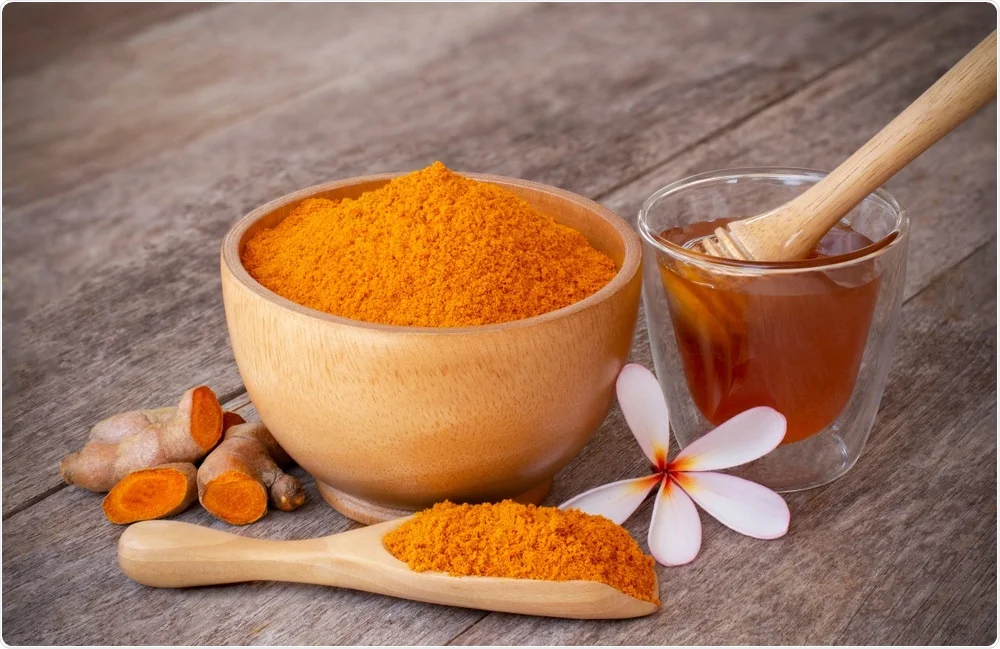
Fermented turmeric preparations, commonly sold as tea products, claim to have higher concentrations of biologically available, or absorbable, curcumin.
Procedure:
- Bring water or milk to a boil.
- Add the other ingredients to the boiling liquid.
- Steep for 10–15 minutes.
Product link: Turmeric
Other Remedies
Pomegranate peel Extract
Pomegranate peel extract is a natural substance sold in dietary supplement form. It is sourced from the peel of the pomegranate fruit. Pomegranate fruit is often touted as a top source of antioxidants including vitamin C. The use of dietary supplements containing pomegranate peel extract is said to provide a large range of health benefits including the treatment of asthma. Pomegranate peel extract contains ellagitannins, which are compounds known to reduce inflammation. This is a very crucial property and serves significantly in asthma treatment.
Green Tea
Green tea is considered by many to be nature’s healthiest beverage and is very rich in antioxidants that would help in asthma treatment. Green Tea is lower in caffeine than other caffeinated beverages and contains the amino acid L-theanine shown to induce relaxation and relieve stress which is one of the major emotional causes of asthma.
Hibiscus
Hibiscus is a plant said to offer several health benefits. Scientific research suggests that hibiscus tea or hibiscus extracts may offer antioxidant effects and this is significant in the elimination of allergens in asthma treatment.
Preventions
People can often prevent or reduce the severity of asthma symptoms that occur during or after exercise. Follow a doctor’s instructions about using medication, including which to use and when to use them.
A person with asthma should always keep a rescue inhaler with them, even during exercise, in case a severe asthma attack occurs.
The following prevention tips may also help reduce symptoms:
- Warm up before exercise to loosen the airways and move mucus around.
- Cool down fully after exercise to slow the breathing gradually.
- Wear a scarf over the nose and mouth when exercising outdoors during the colder months or when pollen counts are high.
- Avoid exercising with a viral infection.
- Choose forms of exercise that are less likely to trigger symptoms. Exercises that involve heavy breathing are more likely to restrict the airways.

